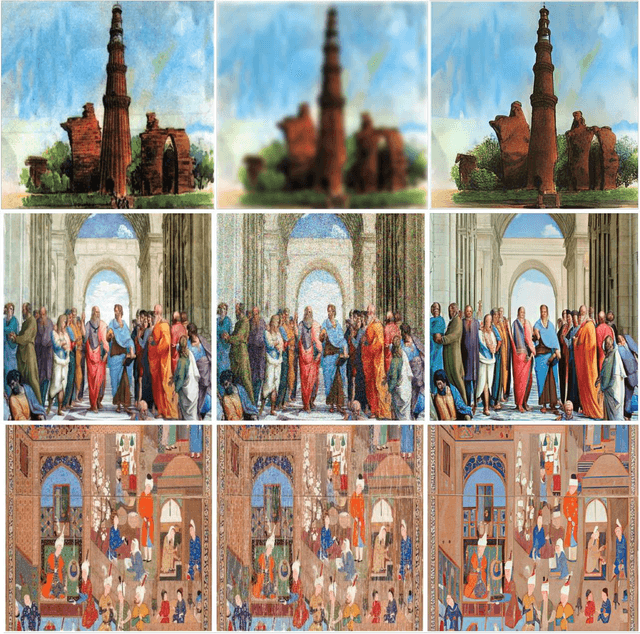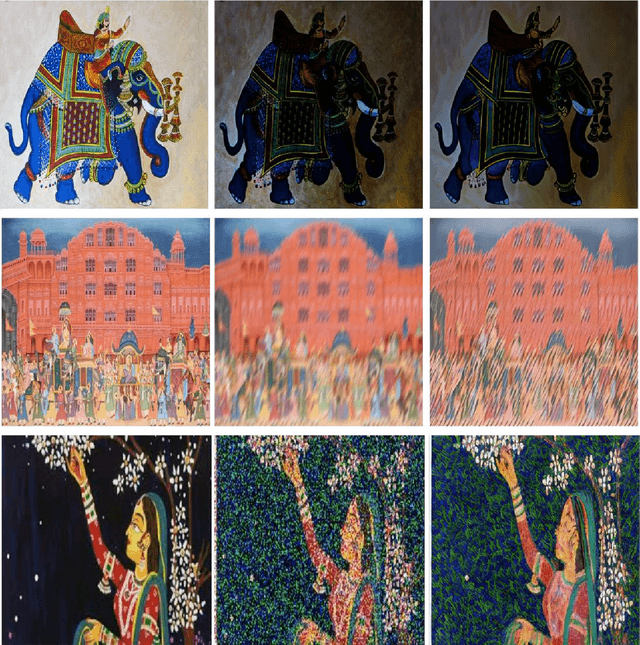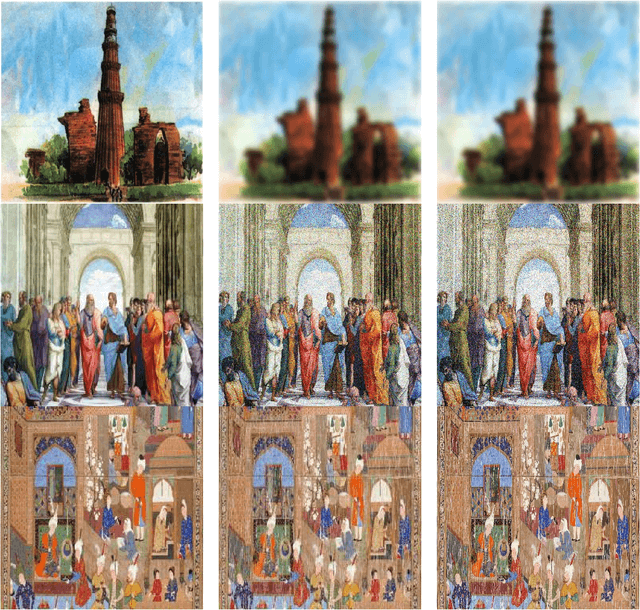Sai Amrit Patnaik
AdvGen: Physical Adversarial Attack on Face Presentation Attack Detection Systems
Nov 20, 2023



Abstract:Evaluating the risk level of adversarial images is essential for safely deploying face authentication models in the real world. Popular approaches for physical-world attacks, such as print or replay attacks, suffer from some limitations, like including physical and geometrical artifacts. Recently, adversarial attacks have gained attraction, which try to digitally deceive the learning strategy of a recognition system using slight modifications to the captured image. While most previous research assumes that the adversarial image could be digitally fed into the authentication systems, this is not always the case for systems deployed in the real world. This paper demonstrates the vulnerability of face authentication systems to adversarial images in physical world scenarios. We propose AdvGen, an automated Generative Adversarial Network, to simulate print and replay attacks and generate adversarial images that can fool state-of-the-art PADs in a physical domain attack setting. Using this attack strategy, the attack success rate goes up to 82.01%. We test AdvGen extensively on four datasets and ten state-of-the-art PADs. We also demonstrate the effectiveness of our attack by conducting experiments in a realistic, physical environment.
Adaptation of the super resolution SOTA for Art Restoration in camera capture images
Sep 28, 2023



Abstract:Preserving cultural heritage is of paramount importance. In the domain of art restoration, developing a computer vision model capable of effectively restoring deteriorated images of art pieces was difficult, but now we have a good computer vision state-of-art. Traditional restoration methods are often time-consuming and require extensive expertise. The aim of this work is to design an automated solution based on computer vision models that can enhance and reconstruct degraded artworks, improving their visual quality while preserving their original characteristics and artifacts. The model should handle a diverse range of deterioration types, including but not limited to noise, blur, scratches, fading, and other common forms of degradation. We adapt the current state-of-art for the image super-resolution based on the Diffusion Model (DM) and fine-tune it for Image art restoration. Our results show that instead of fine-tunning multiple different models for different kinds of degradation, fine-tuning one super-resolution. We train it on multiple datasets to make it robust. code link: https://github.com/Naagar/art_restoration_DM
 Add to Chrome
Add to Chrome Add to Firefox
Add to Firefox Add to Edge
Add to Edge